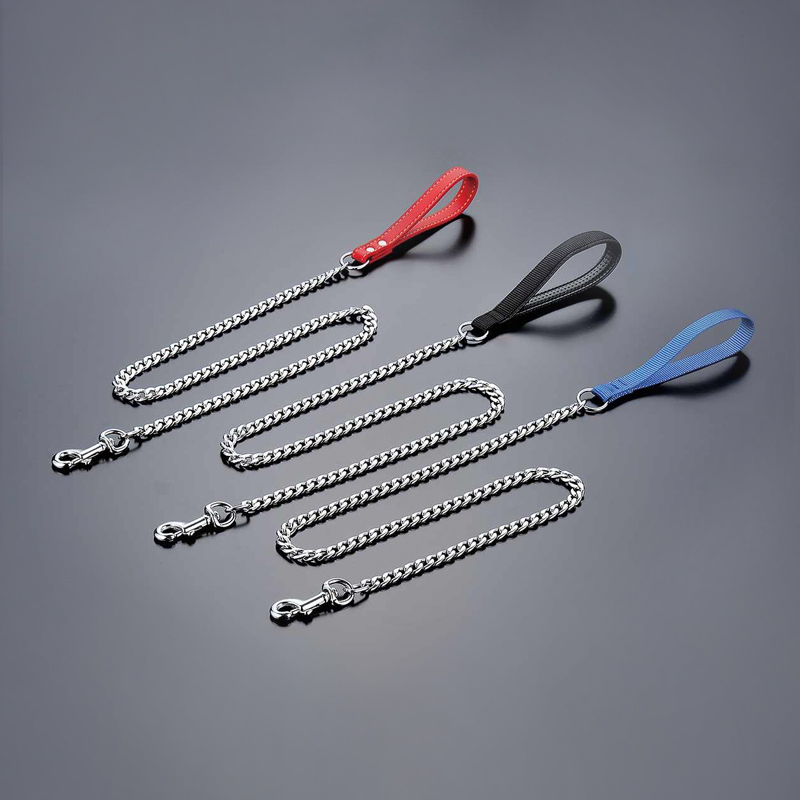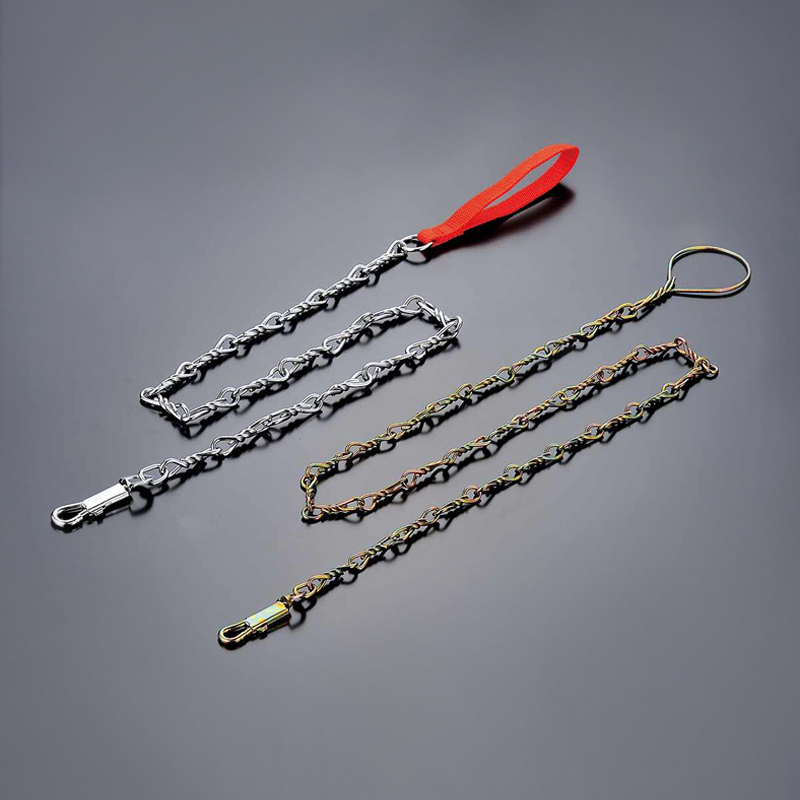2025-11-26
![]() Industry News
Industry News
 2023-09-13
2023-09-13
When it comes to taking your four-legged friend for a walk, ensuring their comfort and safety is of utmost importance. Two essential tools for controlling and guiding your dog during walks are the dog collar and the dog harness. In this article, we'll explore the differences between these two options to help you make an informed decision that suits both you and your beloved pet.
The Dog Collar
Dog collars are a traditional and widely used accessory for dogs. They are typically made from materials such as nylon, leather, or even chain. These collars encircle your dog's neck and can be customized with tags to display identification or contact information.
Advantages of Using a Dog Collar:
1. Identification: Collars provide a convenient place to attach your dog's ID tags, making it easy for people to return your pet if they get lost.
2. Training: For basic leash training and commands, a collar can be a useful tool as it offers better control over your dog's movements.
3. Everyday Use: Dog collars are suitable for everyday wear and are often less obtrusive than harnesses, making them a great choice for dogs who are already well-behaved on a leash.
However, it's essential to use collars safely, ensuring they are not too tight to avoid choking or injuring your dog. Be mindful of your dog's breed and size, as some breeds are more prone to tracheal issues.
Dog harnesses have gained popularity as an alternative to traditional collars. They come in various styles, including step-in, vest, and no-pull harnesses. Harnesses fit around the dog's body and distribute pressure more evenly compared to collars.
Advantages of Using a Dog Harness:
1. Comfort: Harnesses are often more comfortable for dogs, especially those with respiratory issues, as they do not put pressure on the neck.
2. Control: Harnesses provide better control over dogs, preventing them from pulling or lunging, making them an excellent choice for larger or stronger breeds.
3. Safety: For dogs prone to escaping collars, harnesses offer a more secure option.
4. Training: A no-pull harness can help train your dog not to pull on the leash, making walks more enjoyable for both you and your pet.
Ultimately, the choice between a dog collar and a dog harness depends on your dog's individual needs and your walking style. Collars are ideal for well-trained dogs that only need minor guidance, while harnesses are better for dogs that require additional control, comfort, or those with specific health issues.
It's essential to consider your dog's size, breed, temperament, and any existing health concerns when making your decision. Additionally, always measure your dog correctly to ensure a proper fit, as an ill-fitting collar or harness can be uncomfortable or even harmful.
Regardless of your choice, your dog's safety and comfort should be your top priorities. A well-fitted collar or harness, combined with positive reinforcement training, will ensure enjoyable and stress-free walks for both you and your furry friend.
In conclusion, whether you opt for a dog collar on dog or a dog harness, remember that your pet's well-being should always be your main concern. Proper fit and training will make your walks a pleasant and safe experience for both of you.
![]() HOT PRODUCT
HOT PRODUCT





